Pizza Hut, and why casual restaurants are failing to earn their crust
The fast food chain is closing 68 outlets as the mid-market restaurant tier struggles
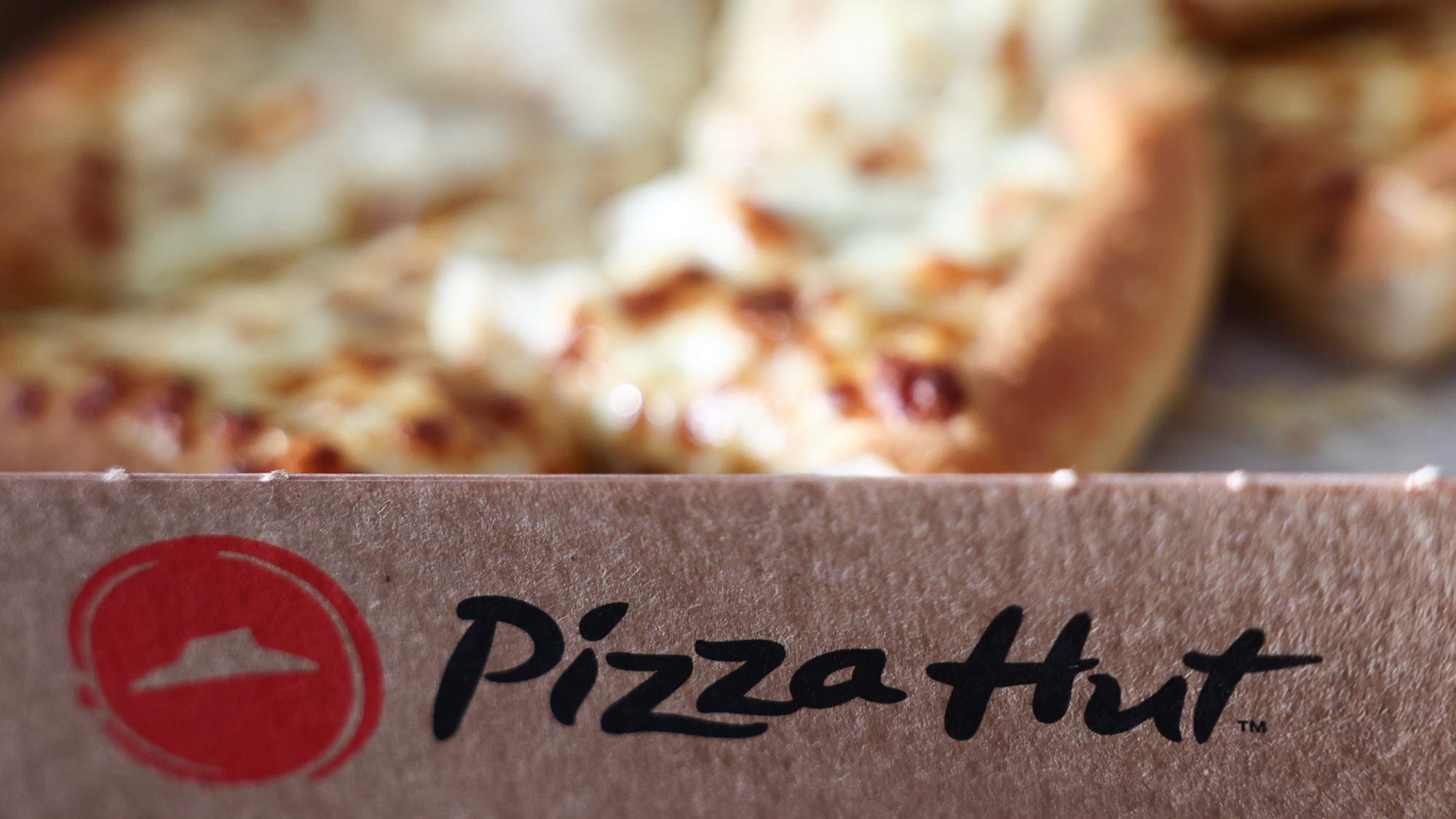
The demise of 68 Pizza Hut restaurants has elicited nostalgia, and no small amount of hand-wringing over the future of the stalwarts of the UK’s casual dining scene.
The wave of closures will leave just 64 of Pizza Hut’s red-topped restaurants standing in the UK, but not everyone is sad to see the chain’s woes.
‘Never very good’
“Let it die,” said Angus Colwell in The Telegraph, because “from the very start”, it’s “always been a strange thing” that “didn’t know what it was: a nice environment to have a pizza in with the family, or an adequate hangover-rescue service”. It “tried to straddle the two” and “it failed”.
The Week
Escape your echo chamber. Get the facts behind the news, plus analysis from multiple perspectives.

Sign up for The Week's Free Newsletters
From our morning news briefing to a weekly Good News Newsletter, get the best of The Week delivered directly to your inbox.
From our morning news briefing to a weekly Good News Newsletter, get the best of The Week delivered directly to your inbox.
The chain is a “legacy of those darker days” when we were happy to “consume whichever fast food had the best ads”, so its demise is a “sign of cultural maturity”, proof that we’re a “nation that now has a higher standard for food” and that we’re “less forgiving of the mediocre”.
Pizza Hut was “never very good”, said Alexander Larman on The Spectator. It was “too expensive and fancy” for diners who wanted a Domino’s or Papa Johns, “not middle-class enough” for the Pizza Express “habitués” and its pizzas can’t “compete with the new vogue” for “Neapolitan thick-crusted delights” that arrived with Franco Manca.
‘More than places to eat’
Pizza Hut has struggled to remain relevant amid increased competition, having initially been at the “forefront” of the fast food market in the 1970s, Zoë Adjey, a senior lecturer in hospitality at the University of East London, told the BBC.
“The pizza market has become a lot more upmarket,” she said. “There’s a lot more high-end pizza and they’ve taken a huge market share.”
A free daily email with the biggest news stories of the day – and the best features from TheWeek.com
But “it’s not just devotees of the Hawaiian Sizzler that should be worried”, said James Moore in The Independent, because “when such a stalwart succumbs to financial pressures”, it shows the “precarious state of Britain’s mid-market dining sector”. If Pizza Hut is “struggling”, it’s bad news for all the “casual, affordable restaurants that once formed the backbone of our eating-out culture”.
Restaurants are “more than places to eat, they are how we connect as people”. So “saving them will take more than nostalgia or mockery”, it will require "fairer business rates, support for training, and an honest reckoning with the real cost of feeding a nation”.
Chas Newkey-Burden has been part of The Week Digital team for more than a decade and a journalist for 25 years, starting out on the irreverent football weekly 90 Minutes, before moving to lifestyle magazines Loaded and Attitude. He was a columnist for The Big Issue and landed a world exclusive with David Beckham that became the weekly magazine’s bestselling issue. He now writes regularly for The Guardian, The Telegraph, The Independent, Metro, FourFourTwo and the i new site. He is also the author of a number of non-fiction books.
-
 Ashes to ashes, ducks to ducks: the end of Bazball?
Ashes to ashes, ducks to ducks: the end of Bazball?Talking Point Swashbuckling philosophy of England men’s cricket team ‘that once carried all along with it has become divisive and polarising’
-
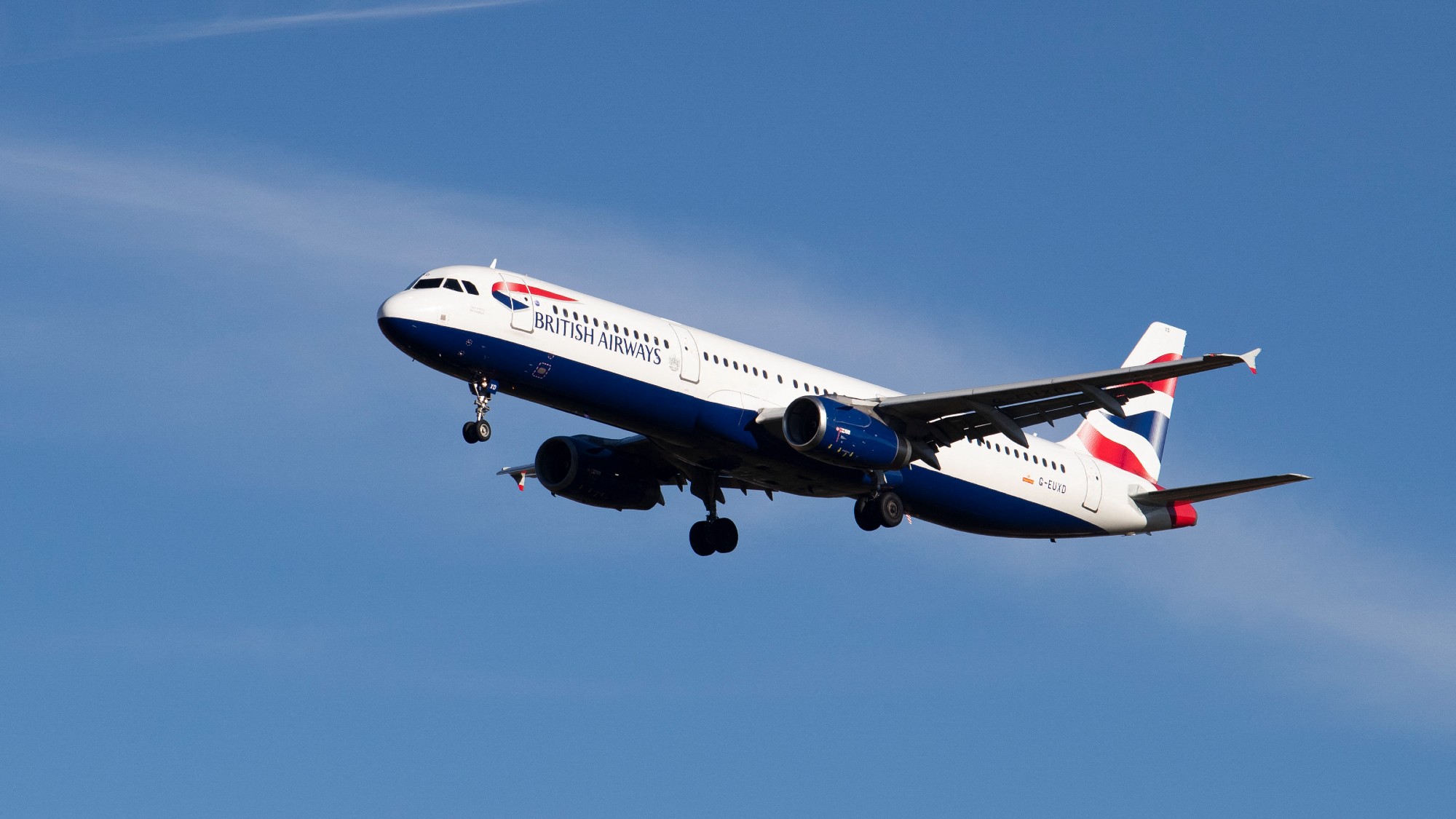 The strangely resilient phenomenon of stowaways on planes
The strangely resilient phenomenon of stowaways on planesIn The Spotlight Lapses in security are still allowing passengers to board flights without tickets or passports
-
 Four Seasons Seoul: a fascinating blend of old and new in South Korea
Four Seasons Seoul: a fascinating blend of old and new in South KoreaThe Week Recommends Located right in the heart of the action, this classy hotel is the perfect base to explore the capital
-
 Critics’ choice: Watering holes for gourmands
Critics’ choice: Watering holes for gourmandsFeature An endless selection of Mexican spirits, a Dublin-inspired bar, and an upscale Baltimore pub
-
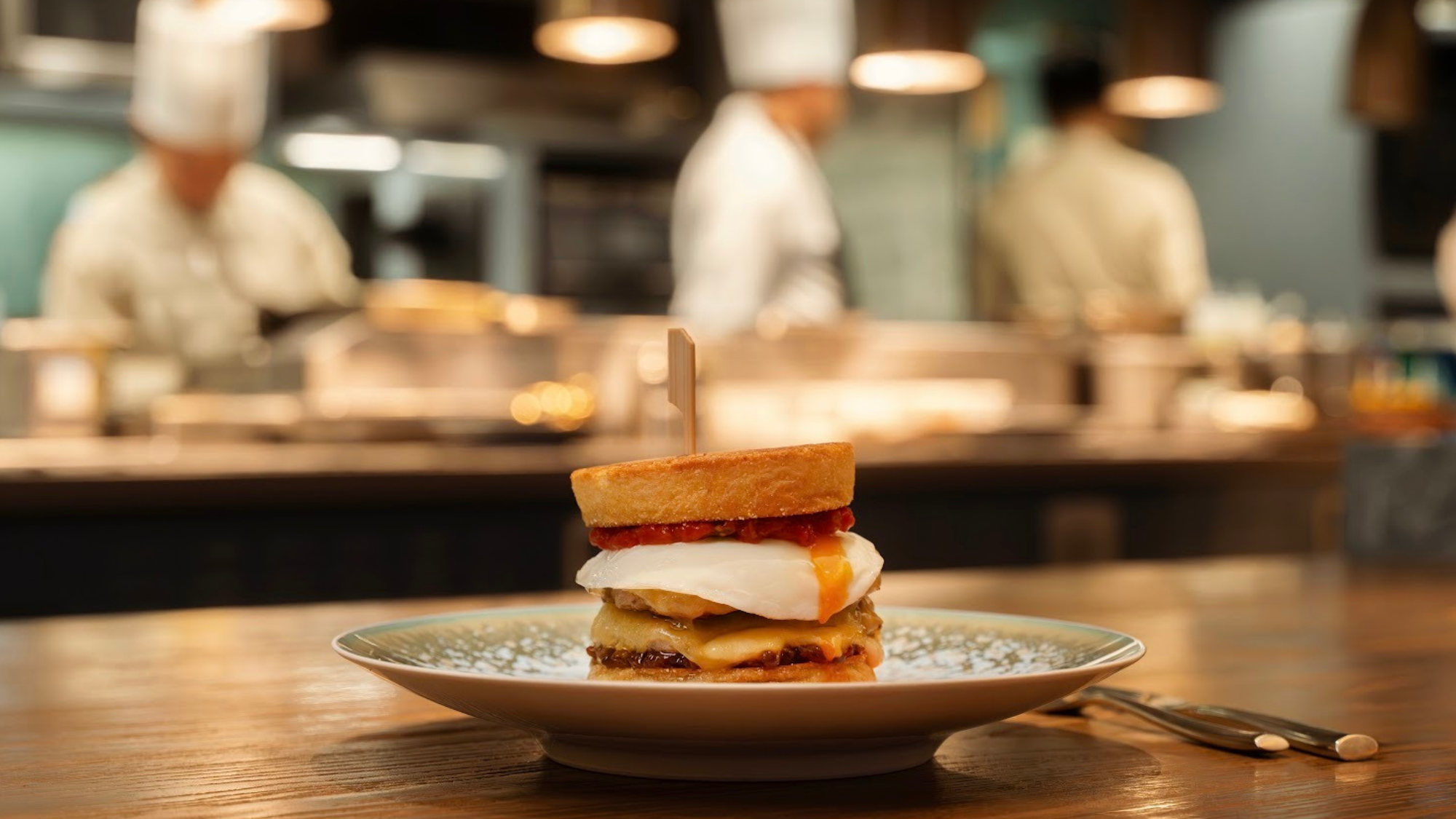 London’s best breakfasts and brunches
London’s best breakfasts and brunchesThe Week Recommends However you like your eggs in the morning, these memorable restaurants have you covered
-
 Critics’ choice: Seafood in the spotlight
Critics’ choice: Seafood in the spotlightFeature An experimental chef, a newspaper-worthy newcomer, and a dining titan’s fresh spin-off
-
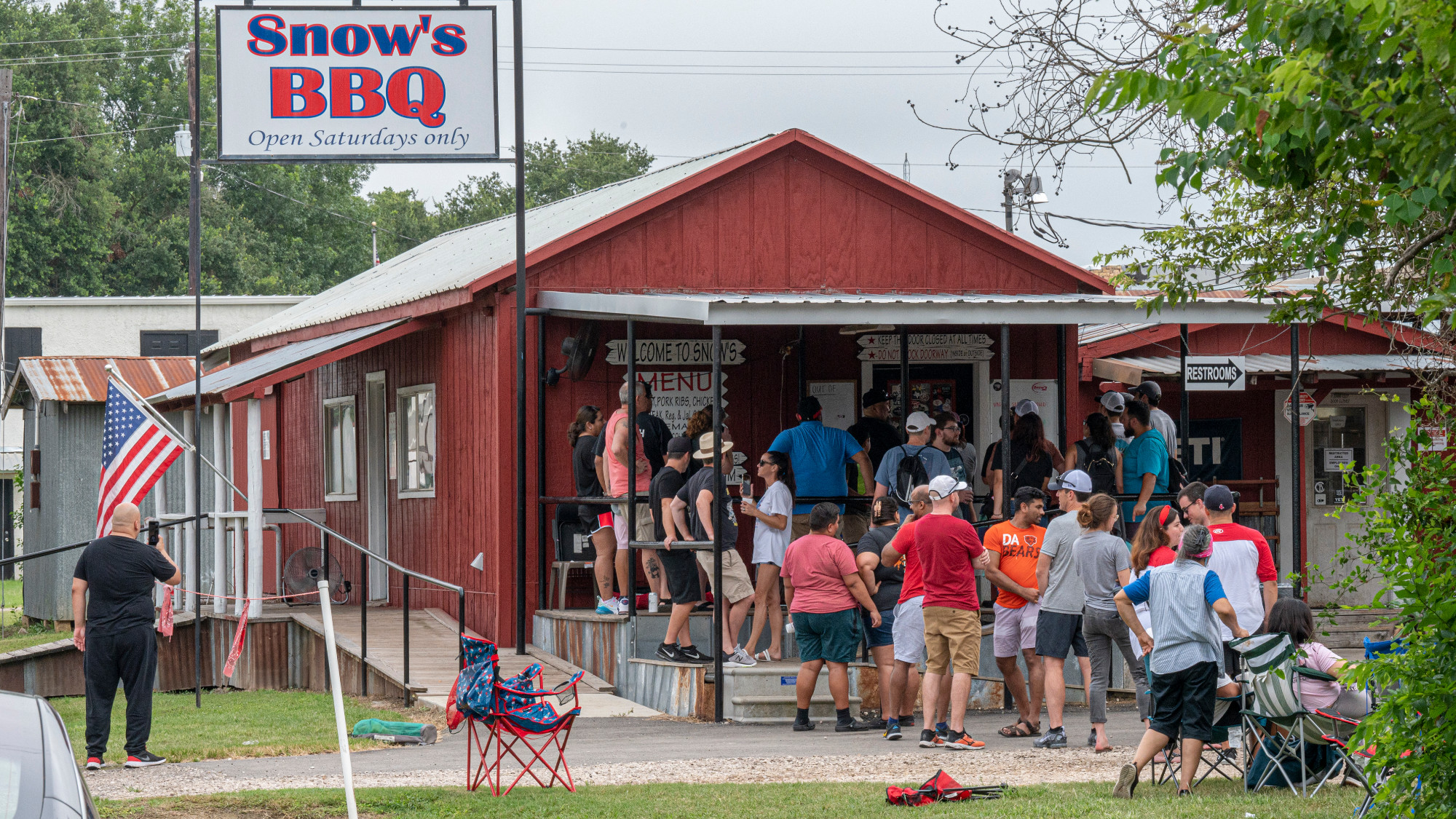 Southern barbecue: This year’s top three
Southern barbecue: This year’s top threeFeature A weekend-only restaurant, a 90-year-old pitmaster, and more
-
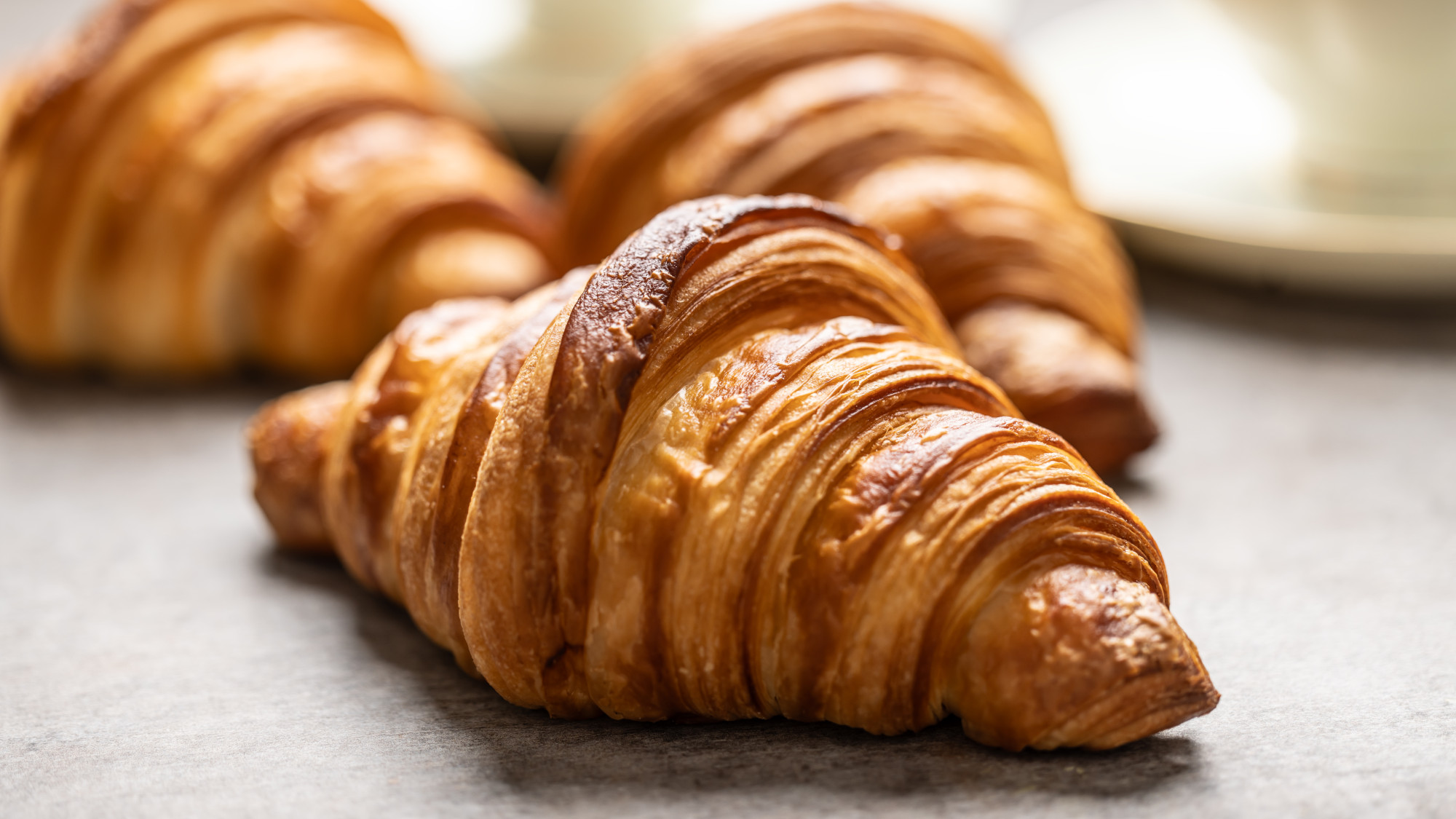 Critics’ choice: Celebrating rare Asian cuisines
Critics’ choice: Celebrating rare Asian cuisinesFeature The 2025 Restaurant of the Year, a Hmong culinary tribute, and an Uyghur feast
-
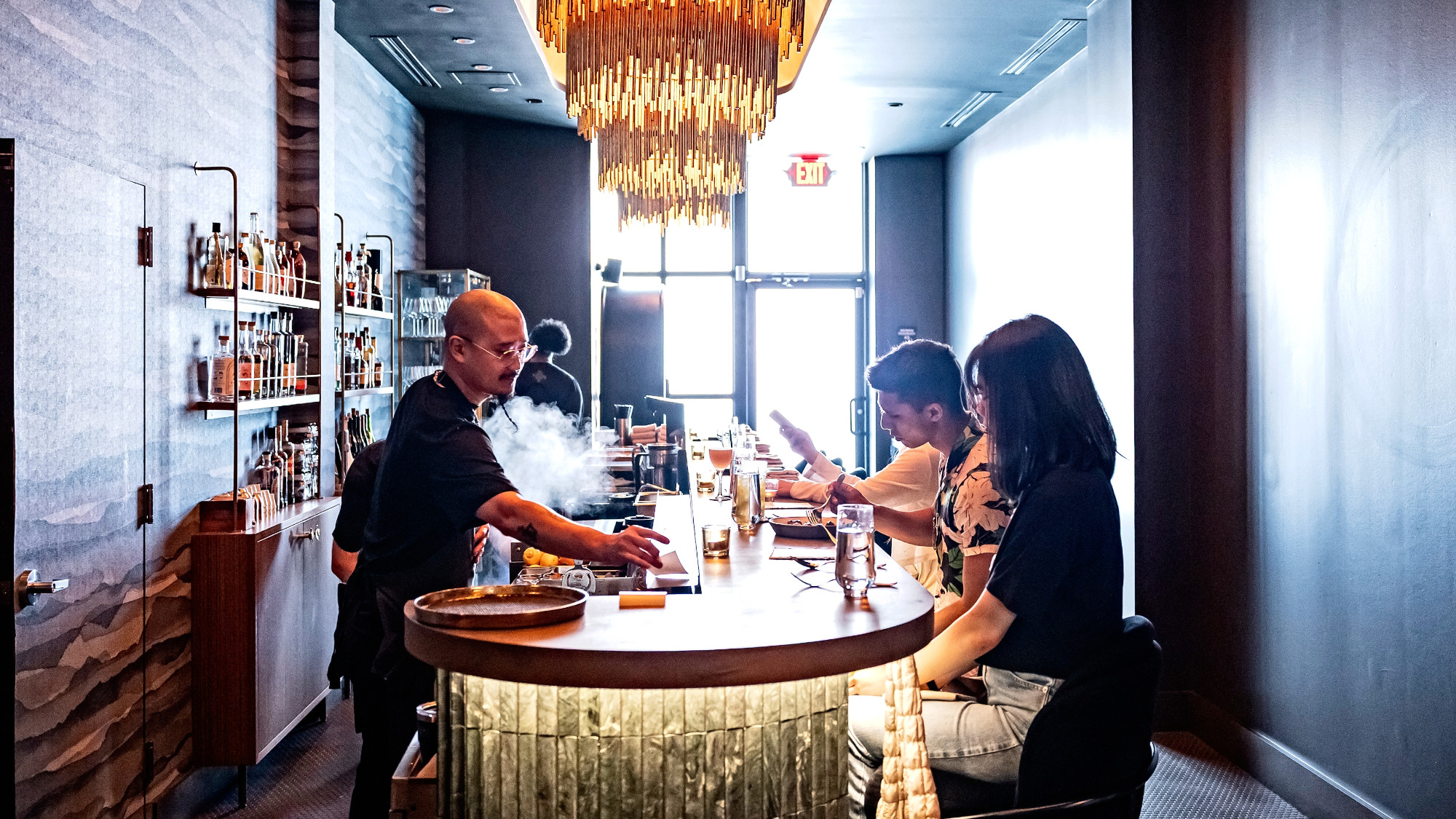 Critics’ choice: Three small yet magical Korean restaurants
Critics’ choice: Three small yet magical Korean restaurantsFeature A chef creates magic from scallops, a restaurant’s no-waste ethos, and more
-
 The 9 restaurants to eat at this very moment
The 9 restaurants to eat at this very momentThe Week Recommends They’re award-winning. Isn’t that reason enough?
-
 Why high street coffee chains may have had their day
Why high street coffee chains may have had their dayIn the Spotlight Rising costs of coffee, energy and payroll, plus growing appetite for luxury drinks like matcha, has caused boom in independent and speciality coffee shops